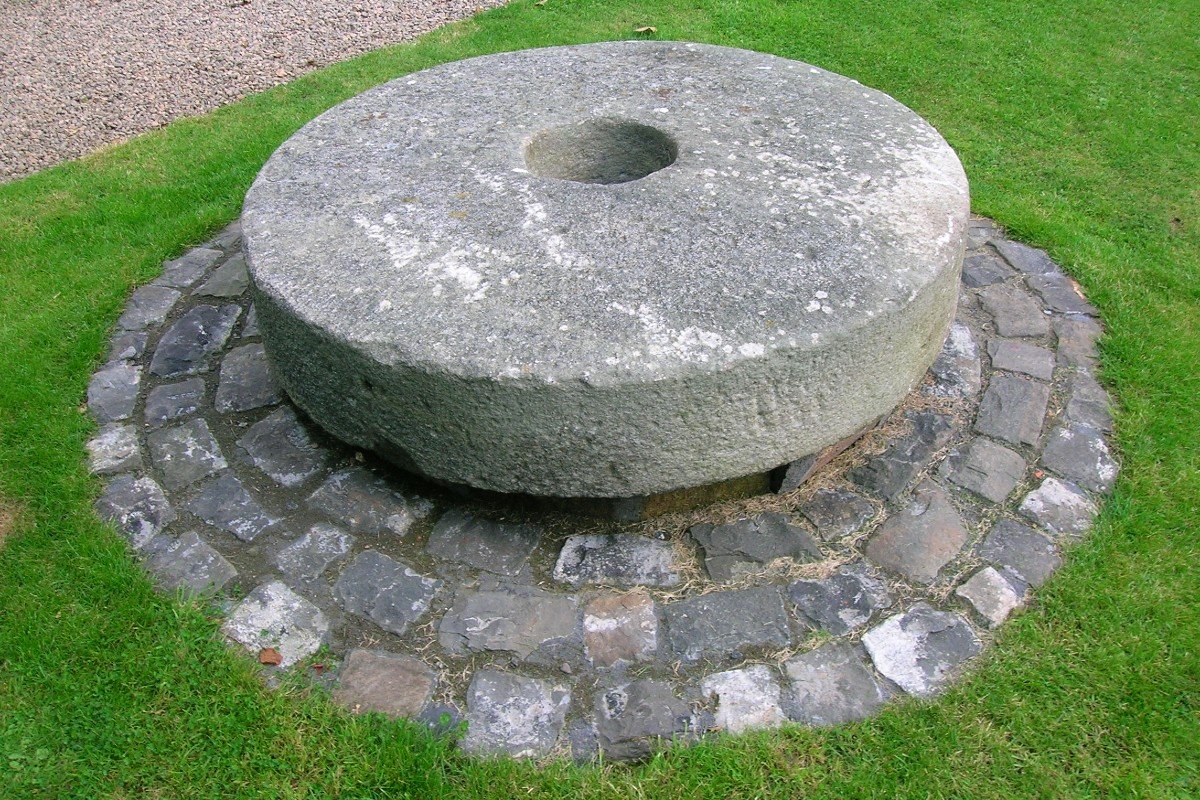Ready the Millstones
I want you to think about the idea of “one out of every 10.”
That’s 10%.
That’s 10 out of every 100, 100 out of every 1,000, and 1,000 out of every 10,000.
Now think about this.
According to a study carried out by Edinburgh University’s Childlight unit, a research center that investigates the risk of sexual exploitation of children and young people, and the University of New South Wales, Australia, one in 10 British men have carried out sexual offenses against children. This was the number who admitted as much in a survey; one can only imagine the number who denied doing so but lied.
Jesus said, “And whoever welcomes a little child… in my name welcomes me” (Matthew 18:5, NIV).
Now that may not seem like a whole lot, but in the Bible the idea of “welcoming” someone was very specific and meant a lot more than it means today. It meant to be concerned about someone—to care for them, to show kindness to them. To welcome someone in the name of Jesus means to do as He would do, to do so for His sake, to do so as a Christ follower.
Then Jesus added these words: “But if anyone causes one of these little ones who believe in me to sin, it would be better for him to have a large millstone hung around his neck and to be drowned in the depths of the sea” (Matthew 18:6, NIV).
A millstone was a circular stone that was used to grind grain. There were two kinds of millstones: a small one that could be used in the kitchen by hand for small amounts of grinding, and a large one of industrial strength (which is the kind Jesus specifically referenced) that was pulled by a donkey or some other work animal around a grinding vat of some kind. This type of millstone would have been as tall as a man. It was huge and could weigh up to 1,000 pounds.
The imagery of that hung around someone’s neck and then throwing them into the deepest parts of the ocean was strong.
But it was meant to be.
One of the most disturbing things I’ve ever read was an article in the Washington Post by a woman named Sarah Chang. Sarah worked as a federal prosecutor of sexual abuse crimes against children. Her office was responsible for investigating and prosecuting such things as the production, possession and trafficking of child pornography.
During her first week on the job, she said that one of her colleagues gave her some advice on how to cope with what she would have to view in terms of evidence.
Her colleague said, “Turn the sound off.”
All Chang could imagine were children screaming, crying and shrieking in pain.
Then came her first case file, containing multiple CDs and DVDs showing a young girl being abused by her father, who filmed his crimes with a handheld camera. So, she went to the forensic computer lab and braced herself. And despite her colleague’s warning, she knew she didn’t want to remain deaf during her first pass at the evidence. So she left the sound on, in order to feel the horror of it all and to make sure she didn’t miss anything that would affect their case.
But she heard nothing.
She turned it up higher.
Nothing.
She turned the volume up as high as she could, but all she heard was silence. The five-year-old girl said nothing; she didn’t even sob. And that’s what she found in video after video—silent suffering.
She later learned that this is a typical reaction of young sexual abuse victims. Psychiatrists say the silence conveys their sense of helplessness, which is also why they are reluctant to report the incidents and why their tendency is to accommodate their abusers. Their helplessness is rooted in the complete breach of trust they’ve experienced because, all too often, their abusers are people they expected would protect them.
According to the Justice Department, more than 80% of sexual abuse offenses against children are committed by people they know—parents, relatives, daycare providers and other trusted adults.
This is why the vast majority of cases are never reported. The “trusted” adult tells them to keep it a secret, or that it’s an act of love between them, or that they’ll hurt their family, or that it will get them in trouble.
Chang writes that on some days she has to look at 50 images, and on others up to 300. She dreads the videos the most because not only does she face the children’s silence but – in both the photos and videos – their eyes, she says, are dead.
Jesus’ idea of a millstone seems about right.
The church must awaken to this and now. This is the darkest of the dark, and we are the only light.
What would that mean?
Let’s just settle on one headline: report any and all abuse.
“But it’s my husband.”
Report it immediately.
“But it’s my uncle.”
Report it immediately.
“But it’s a staff person at my church and could hurt our church’s reputation.”
Report it immediately.
Do everything in your power to welcome that child as Jesus would,
… and then leave the millstones to God.
James Emery White
Sources
Emma Taggart, “One in Ten Men Have Carried Out Sex Offences Against Children, Says Survey,” The Times UK, September 21, 2023, read online.
James A. Brooks, “Mark,” The New American Commentary.
Sarah Chang, “I Watch Child Pornography to Prosecute Sex Crimes. The Kids’ Silence Is Deafening,” The Washington Post, October 23, 2015, read online.

